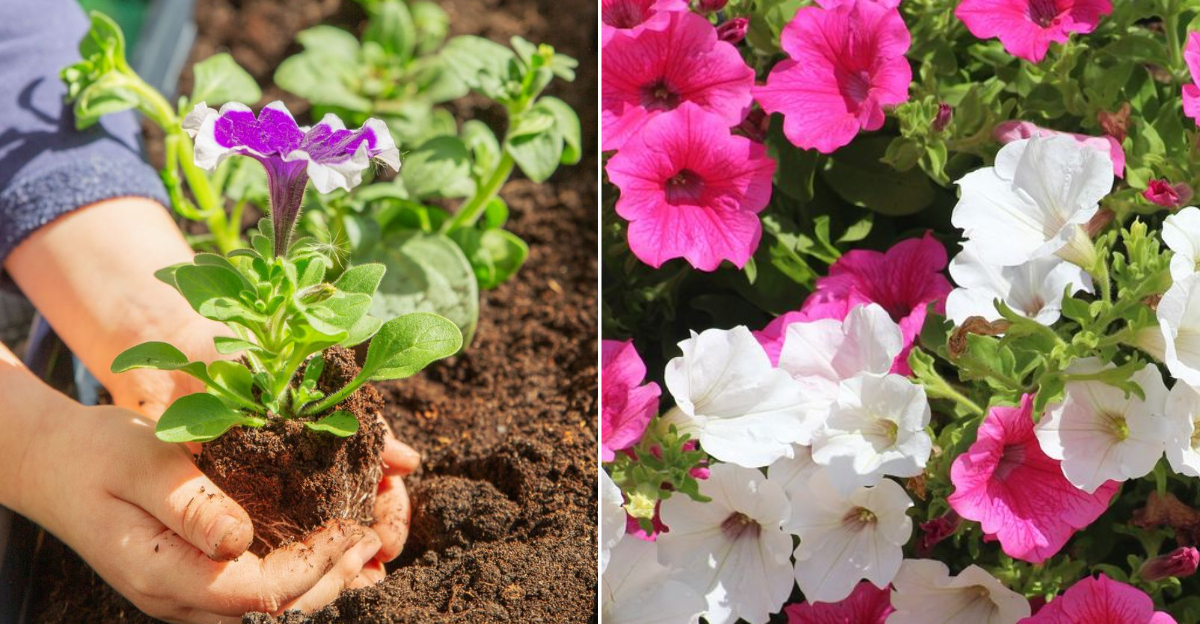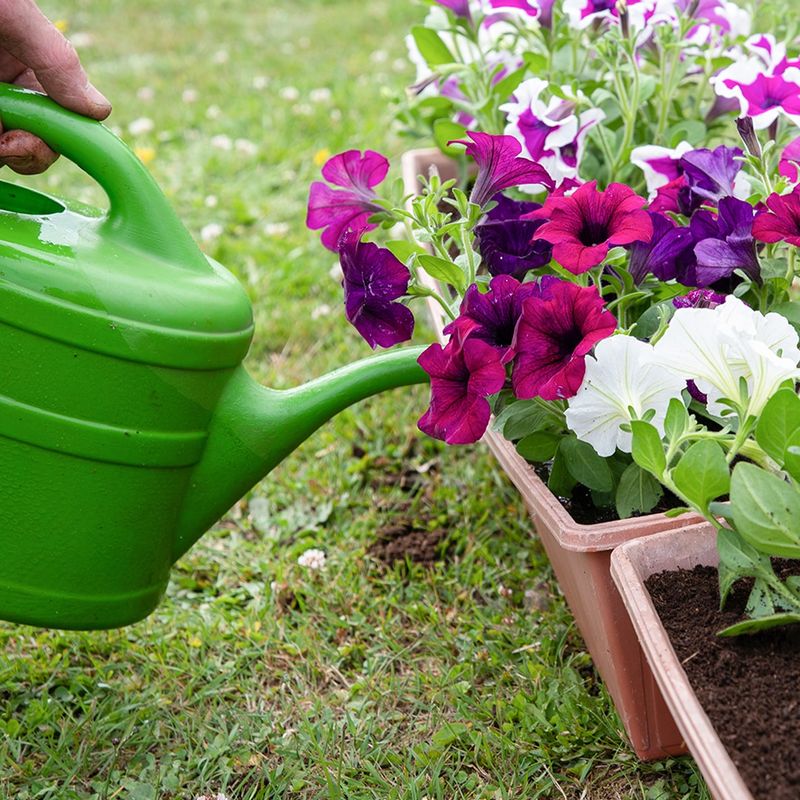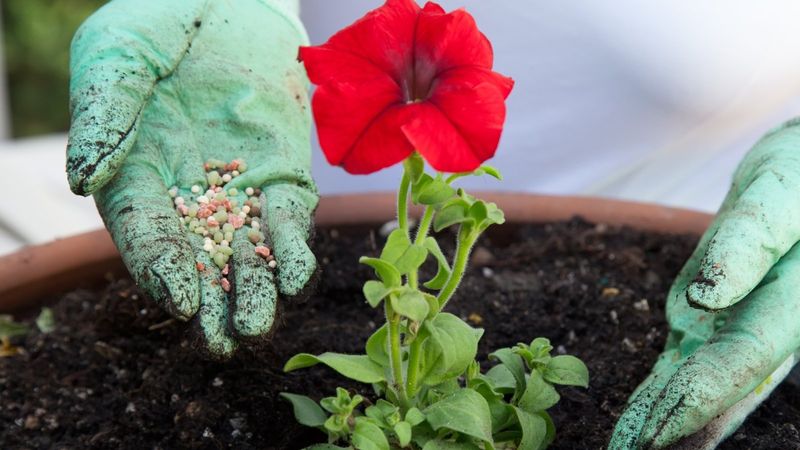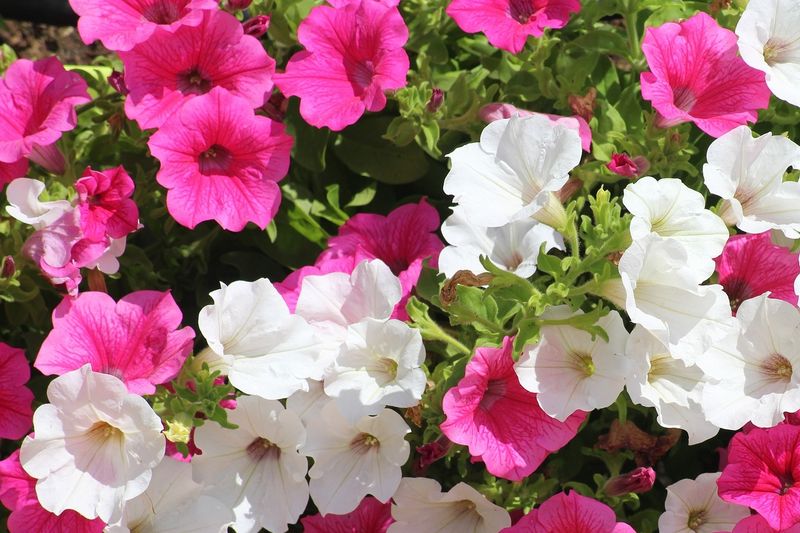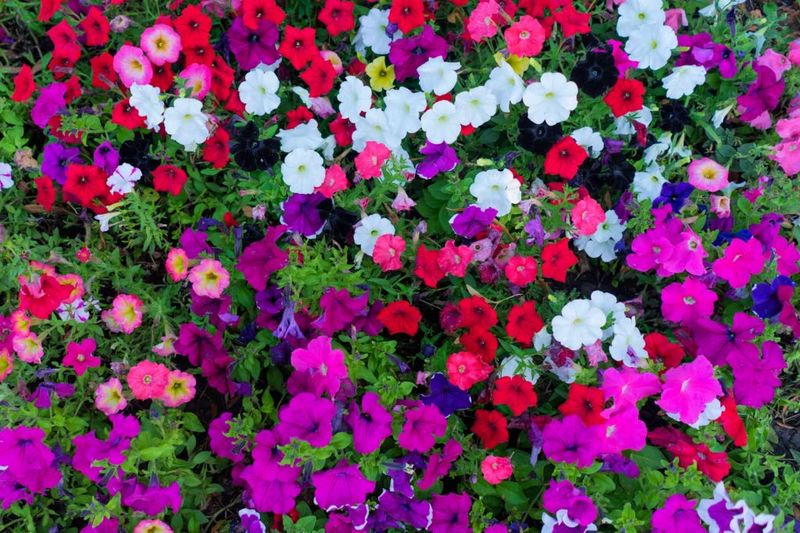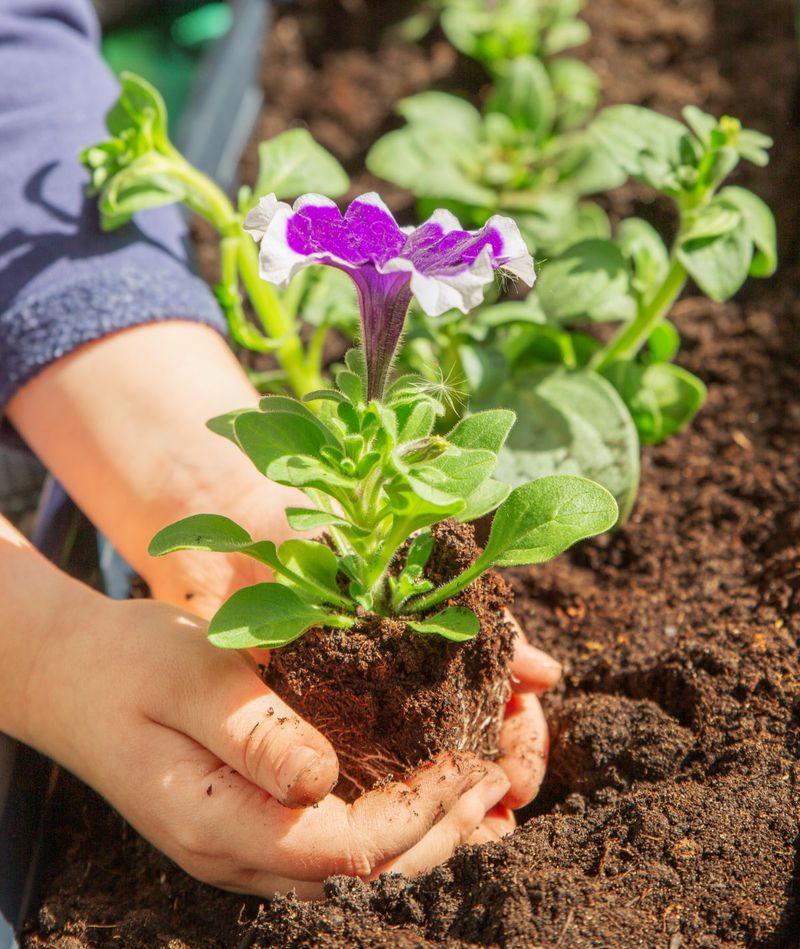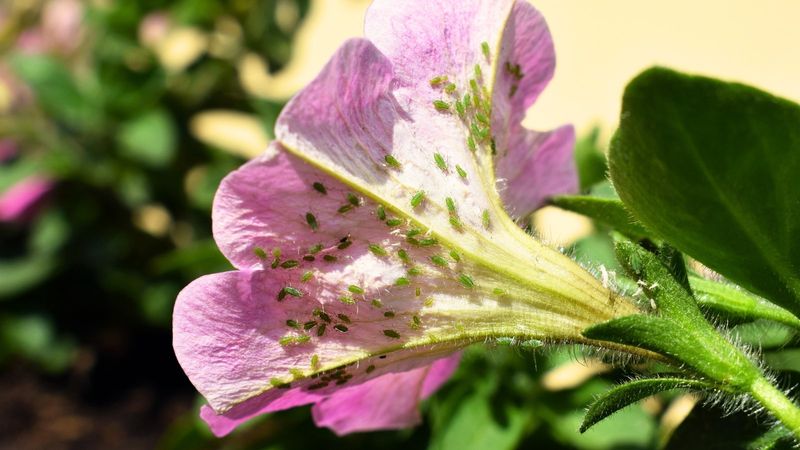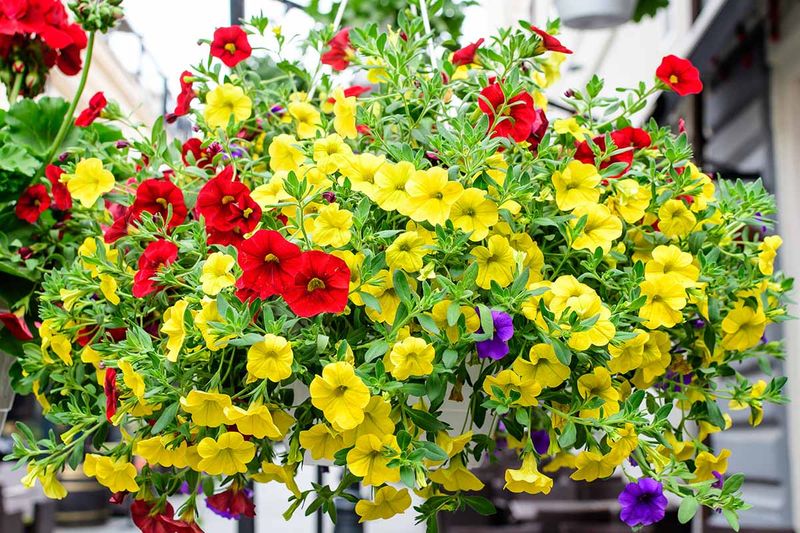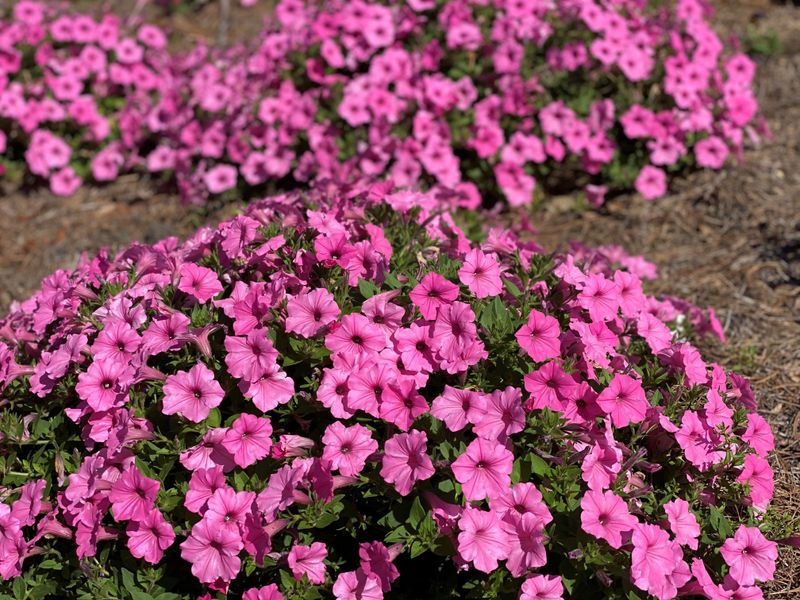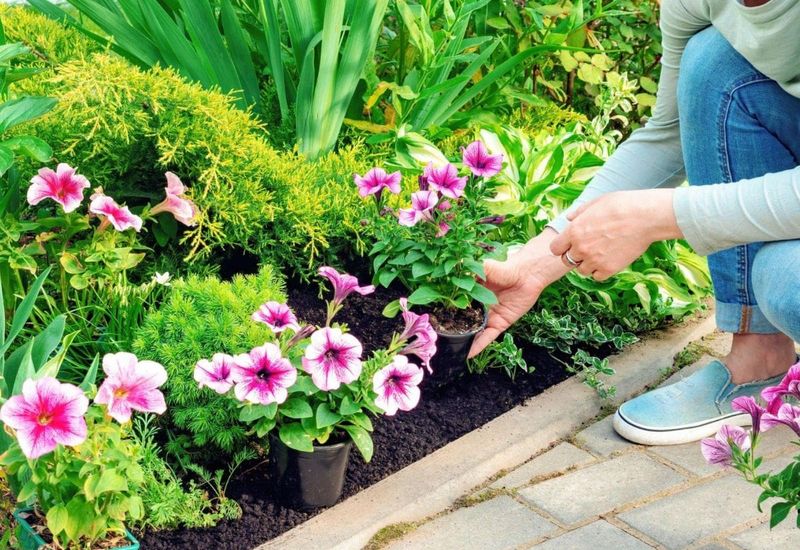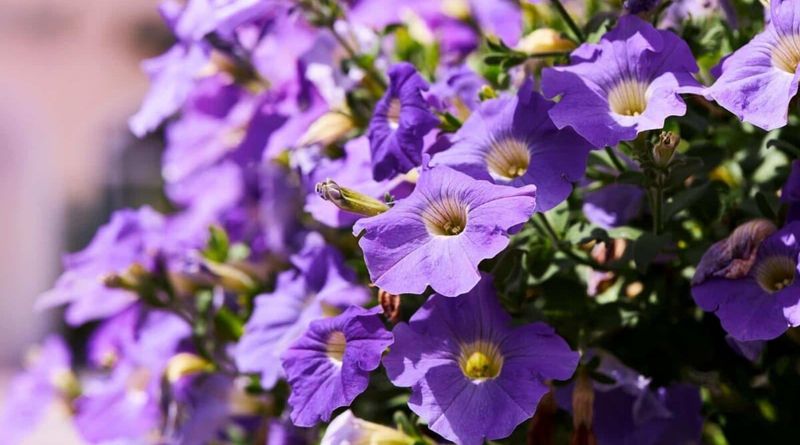Discover the secrets to a vibrant petunia garden with our comprehensive guide. These 12 easy tricks ensure your petunias will flourish, providing a burst of color throughout the season.
Whether you’re a seasoned gardener or a beginner, these practical tips will help you maximize your petunia blooms and enjoy a stunning garden display.
1. Regular Deadheading
Regular deadheading is the unsung hero of vibrant blooms. Imagine strolling through your garden, scissors in hand, snipping off withered petals to make way for new growth. This practice not only enhances the plant’s appearance but also encourages continuous blooming.
By removing spent flowers, you prevent the plant from going to seed, redirecting energy into producing more blossoms. It’s a simple task that can be quite meditative, allowing you to connect with your garden intimately. So, grab your favorite shears and make deadheading a delightful part of your gardening routine.
2. Consistent Watering
Water is life, especially for thirsty petunias. Imagine the gentle arc of water from a can, nourishing each plant. Consistency in watering is crucial. Petunias thrive with regular moisture, but be cautious of overwatering, which can lead to root rot.
Ensure the soil remains moist, not soggy. A morning watering routine helps prevent evaporation and allows foliage to dry before nightfall, reducing disease risk. Feel the soil; if it feels dry, it’s time to water. Your petunias will reward you with lush blooms for your attentiveness.
3. Proper Fertilization
Feeding your petunias is akin to providing a hearty meal. Picture a gardener’s hands sprinkling granular fertilizer, each grain a promise of lush growth. Balanced fertilizers with equal N-P-K ratios, applied every two weeks, offer the nourishment petunias crave.
This regular feeding schedule ensures robust blooms and vibrant foliage. Over-fertilizing can harm, so adhere to recommended amounts. As you nurture your petunias, you’ll witness the transformation into a floriferous spectacle, a testament to dedication and care.
4. Sunlight Exposure
Sunlight is the secret ingredient to flourishing petunias. Visualize them basking in the golden rays, each petal reaching for the sun. Six hours of full sun daily ensures prolific blooms and healthy plants.
Plant your petunias in a bright location, away from obstructive shadows. If light is limited, consider moving containers to chase the sun. Adequate sunlight transforms petunias into vibrant, lively displays that catch every passerby’s eye. Embrace the sun, and let your petunias dazzle.
5. Pruning Tips
Pruning is sculpting, an art form for gardeners. Envision the satisfying snip of pruning scissors, shaping petunias into lush forms. Regular pruning encourages bushier growth and prevents legginess.
Focus on cutting back one-third of leggy stems, prompting new shoots to emerge. This rejuvenation promotes a fuller appearance and more blooms. Pruning is your secret weapon for maintaining a tidy, attractive garden that’s brimming with color and life.
6. Soil Quality
Quality soil is the bedrock of thriving plants. Picture a gardener’s hands, feeling the rich, crumbly texture of perfect soil. Petunias flourish in well-draining, nutrient-rich environments.
Consider amending your soil with organic matter like compost to enhance fertility. Good drainage is crucial, preventing waterlogged roots. By investing in superior soil, you lay the groundwork for a vibrant, blooming garden that’s the envy of your neighborhood.
7. Mulching Techniques
Mulching is the unsung hero of garden maintenance. Imagine a blanket of mulch hugging your petunias, conserving moisture and suppressing weeds. A layer of organic mulch, such as bark or straw, offers numerous benefits.
It stabilizes soil temperature, retains moisture, and adds aesthetic appeal. Mulching also enriches the soil as it decomposes, improving plant health. Embrace this technique, and watch your petunias thrive in a well-tended oasis.
8. Pest Control
Pests can be a gardener’s nemesis. Picture a gardener applying neem oil, a natural remedy, to deter unwanted visitors. Petunias can be vulnerable to aphids and slugs, among others.
Embrace organic pest control methods to protect your blooms. Regular inspections and prompt action prevent infestations from taking hold. Your vigilant care ensures petunias remain healthy and vibrant, standing tall against any pest threat.
9. Choosing the Right Varieties
Selecting the right petunia varieties is like choosing a paint palette for your garden canvas. Explore the myriad of colors and forms available, from trailing to upright types.
Consider your garden’s needs and aesthetic goals. Some varieties thrive better in specific climates, so research is key. With the right selections, your garden will showcase a harmonious blend of vibrant colors, captivating everyone who passes by.
10. Temperature Control
Temperature can dictate a plant’s performance. Picture petunias thriving in varied climates, adapting to their environment. These resilient plants perform best in cooler temperatures but can tolerate heat if adequately cared for.
Understanding your local climate helps tailor care practices for optimal growth. In hot weather, consider providing shade during peak sun hours. Your petunias’ adaptability is a testament to nature’s resilience, thriving against all odds.
11. Companion Planting
Companion planting is the art of strategic partnerships. Imagine petunias nestled among marigolds and basil, sharing space harmoniously. These plants not only look beautiful together but also offer mutual benefits.
Marigolds deter pests, while basil enhances growth. This symbiotic relationship fosters a healthy, thriving garden ecosystem. By choosing the right companions, your petunias will flourish, surrounded by supportive plant friends.
12. Seasonal Maintenance
Seasonal maintenance is about understanding the rhythm of nature. Visualize your petunia garden transitioning through the seasons, each phase requiring unique care. Spring is for planting, summer for nurturing, and fall for preparing for dormancy.
Adapt your care routine to each season, ensuring continuous blooms. Regular adjustments, like changing watering schedules, keep your garden vibrant. Embrace the cyclical nature of gardening, transforming your petunia bed into a year-round spectacle.
